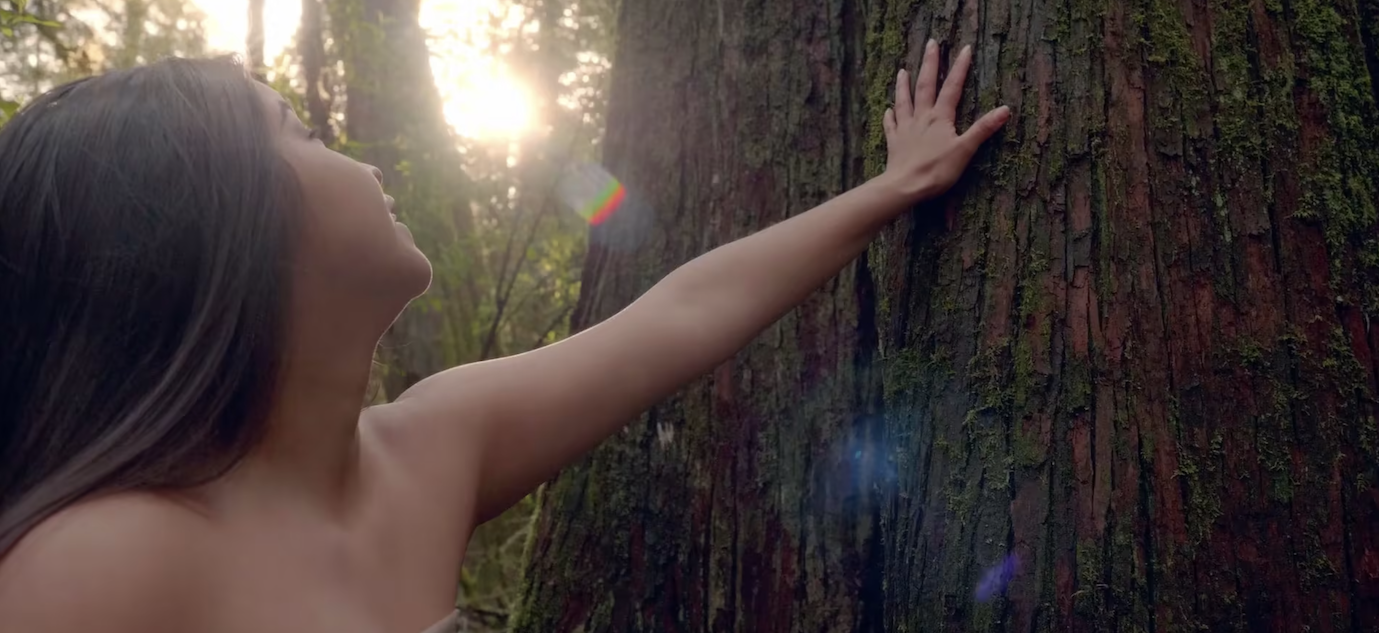Trees, trees, trees. What would life be like without them? More specifically, the cedar tree. A tree that so many Indigenous people respect and see as a way of life. They use it for totem poles and to cleanse their souls. In this documentary everyone who is featured agrees that a cedar is life, hence the title. We get some opening remarks from many men and a woman, and then we get treated to the Indigenous perspective on cedar by a Penelakut elder named Florence James. She talks of an ancient legend of a creator who saved many women from a bear by turning them into cedar trees. An artist named Art Strerritt then goes on to say that cedar is in the foundation of the culture in Canada, even saying how the ancestors could split cedar nice and neat, and he talks about more history that could teach the right way to respect nature and live life by Indigenous culture. Cedar was everything back then, cedar blankets, cedar bowls, cedar baskets, cedar boxes, and so much more. That’s when a cedar bark weaver named Todd Devries of the Haida Nation shows what can be made with cedar and even states it can extend a person’s life.
More of the coverage provided by people includes legends of how the lands were created, ancient history, the issues with trees getting taken down by loggers, the proper way to get cedar for material (according to the First Nations), how vital it is to the whole culture, how red cedar is used to help with meal preparation, and more especially about culture. Carvers and other Indigenous people show us how cedar art is carved, the legend of a cedar woman in the forest who seldom shows, and those who see her and live get a special gift: An ability to work with cedar. For the sports-types, there was a story on how some special Olympic and Paralympic medals were made with cedar and got a special design specifically from a small village. Other countries love Cedar art and even have Totem Poles gifted to them from Canada. As for the more sad part of the past, the Indigenous culture got colonized as missionaries took down totem poles and villagers were forced to escape to new homes elsewhere. Worse still, cedar seems to be declining even today given the climate change and warmer weather. However, they stay strong to this day and continue their cedar craft.
Leslie D. Bland and Harold C. Joe created a great documentary together, and their whole team did a great job at getting content and filming footage that made for a scenic b-roll. I never thought too much about cedar trees. I did learn some cool facts in my elementary years and thought they were interesting, and I find them even more interesting now. Yes, it’s true. A Cedar Is Life is very educational, the interview subjects involved tell lots of fantastic stories, and the whole thing could be used for a school film screening. As someone who didn’t entirely come from this country (my folks are from the US and theirs are from other parts of the globe), I have to say it was interesting to discover another documentary about trees. There should be more like this, and with any luck, if we have as many docs about trees as there are trees in this country, it might encourage people to plant even more trees.

